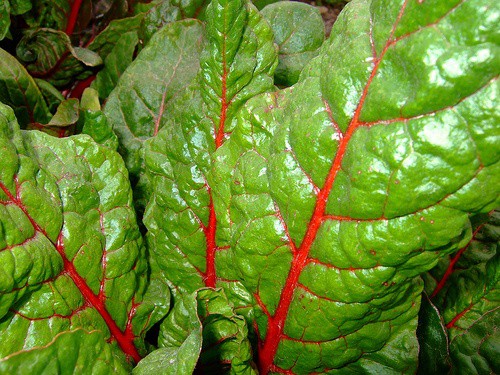
Calcium-Rich Foods for Casein-Free Diets
Calcium is an important nutrient. It’s essential for strong bones, as well as supporting muscle contraction, heart function, and neurotransmitter release.
Studies show that children with autism are often deficient in calcium. There are also studies showing that children with autism on special diets are even more deficient in calcium. While some might make the case that children with autism shouldn’t be on dairy-free diets, I say, “Make the dairy-free diet healthy and calcium rich.”
For those who say dairy is essential for adequate calcium intake, remember—If someone is unable to digest dairy and unable to absorb the nutrients in the food, it wouldn’t do them any good to eat dairy even though it contains calcium, as they would not be able to absorb it. Instead, it’s best to avoid dairy and get your calcium from elsewhere.
Here are some foods rich in calcium and how to include them in your family’s diet:
- Kelp
- Dulse
- Kale, collard greens, and other greens
- Almonds and other nuts
- Sunflower seeds (for nut-free schools)
- Dried figs
- Broccoli
- Rutabaga
- Olives
- Quinoa and amaranth
- Fortified non-dairy milk
Kelp and dulse you can buy in granulated form and sprinkle it on food, or buy it in strips and add a piece while cooking broth, soups, or grains. Dulse imparts a bit of a smoky flavor. Greens are one of my favorite ways to boost the nutrition content of a meal, as greens are not only high in calcium, but also high in folate, iron, vitamin K, magnesium, and more. Greens can be chopped finely or pureed and added to burgers or meatballs, stews and soups, broth, pasta sauce, any sautéed vegetable dish, and smoothies. Kale chips are also a wonderful, kid-friendly way to eat greens.
Nuts and seeds eaten whole or as a nut butter are good ways to get these calcium rich foods—spread sunflower seed butter on celery and add raisins or currants for “Ants on a log.” Turkish figs are sugary delights and great for snacking—add the paste to desserts. Broccoli is a kid’s favorite. Rutabagas are also high in calcium. Never cooked rutabagas? They are a good addition to stews or try boiling them and adding them to a sweet potato mash.
You can also get calcium from supplementation. Calcium citrate powder is a common form that can be added to pancakes.
As you follow a special diet, be sure to include calcium rich foods. It’s an important nutrient, especially with dairy-free diets and is easier than you think. How do you ensure your kids get enough calcium?
Photo Credit: lowjumpingfrog, Flickr April 26, 2011.




Hi Julie,
We saw you a number of years ago for a consultation for Noah. How much calcium should a 13 year old dairy free ASD boy take? We have been using ionic but Noah can swallow capsules now. I have calcium citrate and magnesium citrate capsules. Thanks.
Hi – I was just wondering – I know that SOME non-dairy Calcium rich foods are ALSO high in Vit K – ie. kelp and I think Kale to??? … is there a correlation b/w Calcium content and Vit K content? … I only ask because I’ve been told to restrict my intake of Vit K (or if NOT – at least even it out – so it’s the same every day) Also – I use calcium fortified Rice Milk – I’m assuming that’s ALSO s good source of calcium in my dairy-free diet??? Thanks. Jess.
Julie,
Great article! Here is a link to a wonderful green smoothie toy….it’s an app that works on a computer or phone that supports apps, and not only tried-and-true green smoothie recipes but also nutritional information about every ingredient listed.
http://greensmoothiesblog.com
The author, Victoria Boutenko, shares her family’s journey with eating a raw diet inn her books “Raw Family” and “Green For Life.” {She has other books as well but those are the ones I’ve read} This link is actually to her website, which is loaded with great information about green smoothies. In the right margin is the link to the app. I’ve got it saved in favorites on my computer and my partner has it on his fancy telephone so we can reference it when we’re at the store to create great recipes based around whatever’s growing in our garden.
Enjoy!